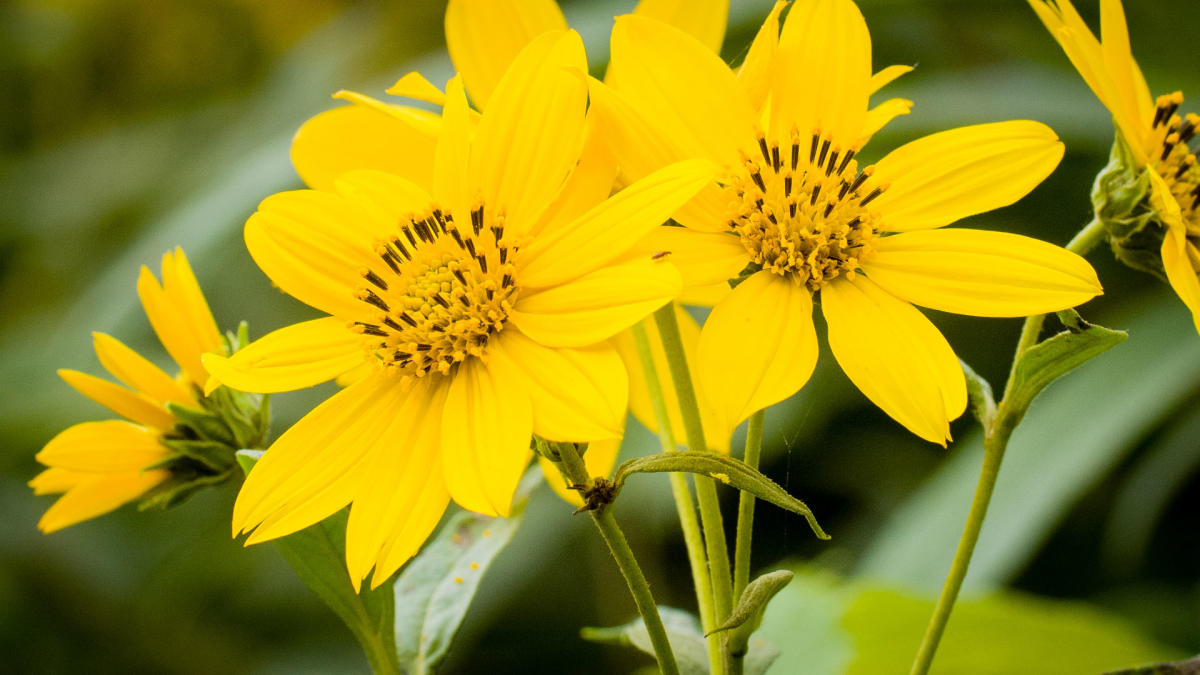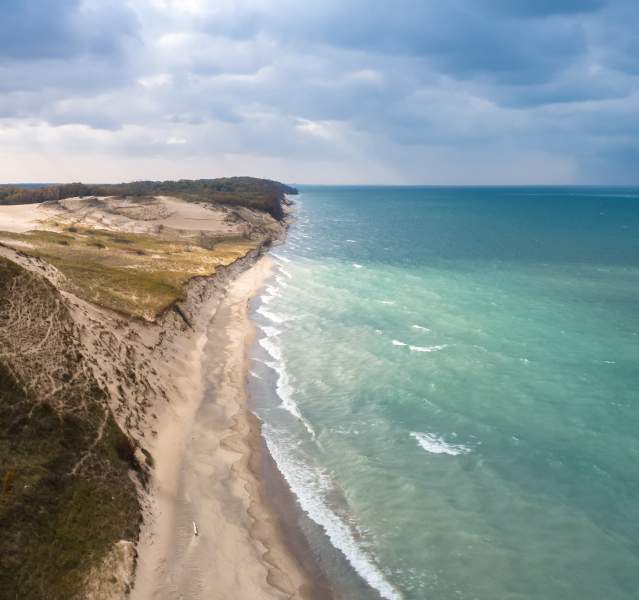I love smelling flowers. I’m sure there are oodles and oodles of articles and scientific journals describing in great detail the smell of this flower, the fragrance of that flower, and all the chemical compounds that go into making those aromas. But there is a limit to what words can do. Sometimes, you just have to experience it.
For me, there’s really no greater anticipation and excitement than looking at that flower perched in all its gorgeous perfection, bending over and taking a good long whiff. Does is smell like cotton candy, or apples on a warm day, or the tingly smell of a rose with a lemon zest, or maybe even fruit loops?

But in the fall, I always need to remind myself to look before I leap into that flower with my nose. Very, very often, my nose might be sharing that space with a snoozing bumble bee whose little bee bottom is sticking out of the flower. And a bumble bee bottom, if you haven’t seen one before, is quite cute.
But where there are bee bottoms, there are bee stingers, and maybe that doesn’t seem so cute. Bee stings can certainly pack a punch, and for those severely allergic, a bee sting can be life-threatening. But the good news is that only female bumble bees have the ability to sting. Males just look tough. Unlike the European honeybee, female bumble bees do have the ability to sting repeatedly. However, most female bumble bees are fairly tolerant unless they are defending their nest.
Many of us are quite familiar with the European honeybee who congregate in the tens of thousands in constructed hives or cavities in old trees. Bumble bees are quite different. Most species are ground nesting, but some will nest in a small cavity in rocks or logs or in pithy plant stems. Though bumble bees do live in social groups of several hundred individuals during the spring, summer, and fall, it is only the queen that overwinters.
It’s the male bumble bees that are most often seen snoozing overnight in flower blossoms. Unlike female bumble bees who return to the nest for the night, male bumble bees sleep outside under the protection of a leaf or overhang. And sometimes they fall asleep in a flower blossom – how convenient is that – fall asleep right after eating, and wake up and resume eating where you left off! Female bumble bees may also curl up in a blossom if the temperatures drop before they have time to return to the warmth of their underground nest. Though bumble bees are more tolerant of cooler temperatures than other bee species, temperatures below fifty degrees make it more challenging for ectothermic bees, who rely heavily on the ambient air temperature for warmth to fly.

The Xerces Society estimates that there are 20,000 species of bees worldwide, with 3,600 species in North America alone. The National Resources Conservation Service estimates that there are some 430 different species of native bees in Indiana, of which 49 of those are bumble bees, and that makes for a lot of different types of bumble bee bottoms! Unfortunately, many bee species are in steep decline, mostly due to habitat loss and pesticide use. We can all make a difference by protecting natural spaces, reducing pesticide use, planting native plant species in our home and community gardens, and appreciating and being advocates for bees.
On early mornings in September, I often see bees in the large pink blossoms of field thistle, holding on with their legs or even their mandibles. With the cool temperatures slowing, the bees waking and the soft light is so good for photography. Fall is a wonderful time to grab your camera and your nose and head out to smell the fall-blooming flowers and see who might be slumbering within them.
And when you get those awesome shots, consider submitting them to TNC’s Annual Global Photo Contest. In 2022, there were more than 100,000 entries from 296 countries! You could be part of that swarm of people interested in photographing the natural world. You can even win a prize! Visit nature.org/photocontest to learn more. The photo contest has 12 different categories, including one for Insects and Arachnids!
So grab your camera and your nose, and this September, head out outside to smell those flowers and admire those bumble bee bottoms!
_____________________________________________________________________________________
The Nature Conservancy’s Kankakee Sands is an 8,400-acre prairie and savanna habitat in Northwest Indiana, open every day of the year for public enjoyment. For more information about Kankakee Sands, visit www.nature.org/KankakeeSands or call the office at 219-285-2184.

